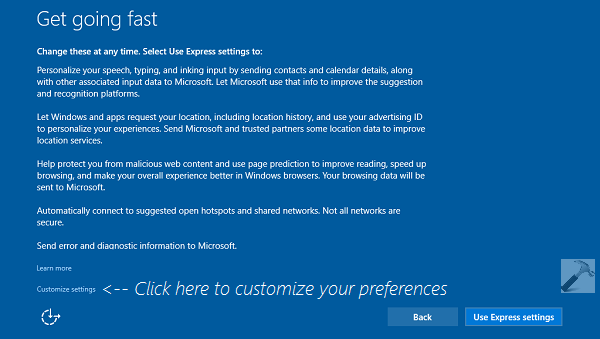

Though you may see such components elsewhere in Windows 10, in reality, they’re just links back to WinSxS, which handles the heavy lifting.Īs a result, deleting WinSxS would not be good. The WinSxS folder, also known as the component store, holds all essential Windows components. They’ll quickly find there’s no way to delete WinSxS entirely (for good reason) but it is possible to clean WinSxS to free up some space. When searching for disk space hogs, users often come across the WinSxS folder, a seemingly hefty file that Windows Explorer tells them is 8GB+ and contains tens of thousands of files.

5 How to Perform an Extended Disk Cleanup to Free Up More Space.4 How to Clear Service Pack Backup Components via DISM.3 How to Clean up the Component Store and Delete All Old Component Versions.2 How to Cleanup WinSxS with the StartComponentCleanup Command.1 How to Cleanup WinSxS in Windows 10 with Task Scheduler.More Information about Cleanmgr+ can be found on the official website Cleanmgr+ is closed source, but you can collaborate and contribute i.e., custom script files, localizations, report issues or maintain a documentation. There are many Disk Cleaner utilities out there, but the goal with this one was to create a tool that uses Windows own resources ensuring that only system-compliant actions are performed. This size is why I decided to make Cleanmgr+ to circumvent that massive UI of Storage Sense but still provide a utility that is true to the original.Ĭleanmgr+ comes with better and modern UI when compared to the current Disk Cleanup and with an additional feature set (hence the +), such as the feeding with Custom scripts, i.e., to clean a Browser cache, etc. The downside of Storage Sense is the massive UI. Windows 10 version 1803 new build came up with the Storage Sense functionality earlier this year and it works more or less same as the Disk Cleanup Tool. When Microsoft says Disk Cleanup is “deprecated” starting with the October 2018 update, that means it’s been replaced by a new tool. You can also just launch it from the Start menu or run the cleanmgr.exe program. It still works the same way on Windows 10 today. Right-click a drive, select “Properties,” and then click the “Disk Cleanup” button to launch it.

Whatever version of Windows you’re using, Disk Cleanup has always worked the same way. Microsoft says it will keep the utility around for compatibility reasons. Disk Cleanup isn’t going away immediately but is on its way out the door. It is a Windows system tool which lets you delete the unwanted files cluttered in your PC thereby freeing some space on your disk drive.

Microsoft will be soon removing the Disk Clean-up Tool (Cleanmgr.exe) from Windows 10 PCs.


 0 kommentar(er)
0 kommentar(er)
